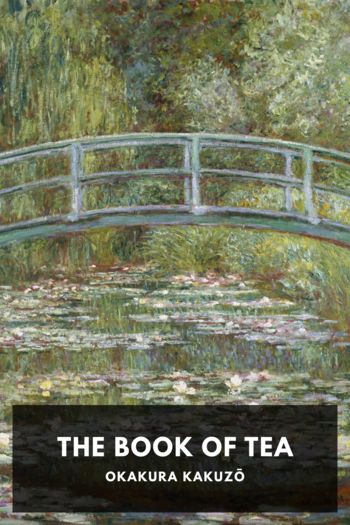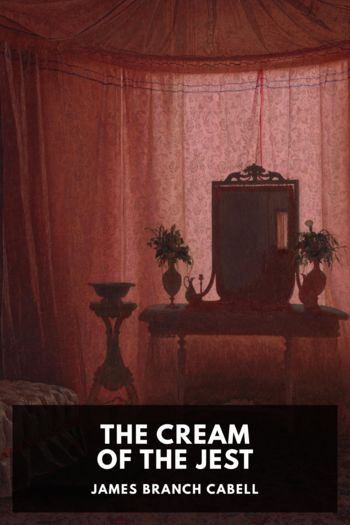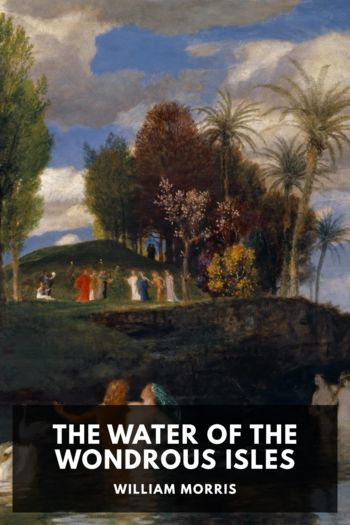Chocolate Sarah Moss (best fantasy books to read .txt) 📖

- Author: Sarah Moss
Book online «Chocolate Sarah Moss (best fantasy books to read .txt) 📖». Author Sarah Moss
The black and white worlds of chocolate: dark, single-origin chocolates next to white chocolates with national scenes.
Besides fair trading, more serious issues with chocolate’s origins have begun to surface. Like their predecessors of 100 years before, recent journalistic investigations have revealed that slave and child labour is still alive in the cacao industry, particularly in West Africa. In 2001 two US congressmen sought to address this issue by working with chocolate firms to establish a ‘slave-free’ certification for chocolate. The Harkin-Engel Protocol, as it is called, set a target date of 1 July 2005 for industry to ‘develop and implement credible, mutually-acceptable, voluntary industry-wide standards of public certification ... that cocoa beans and their derivative product have been grown and/or processed without any of the worst forms of child labour.’ Shortly after the protocol was introduced, Dutch TV journalist Teun van de Keuken began researching the sourcing of chocolate for a consumer investigative programme, and attempting to find out from various major chocolate firms if they could guarantee that their chocolate was not produced by forced labour. This proved impossible. Noting that according to Dutch law, any form of participation in the slave trade, including purchasing its products, is punishable, van de Keuken bought a candy bar and walked to the next police station to turn himself in. What followed was a lengthy effort to gather evidence and witnesses to have himself prosecuted, so that Dutch authorities would be forced to take action more generally on the issue, and at that point, he began to raise awareness worldwide. In July 2005 the chocolate industry failed to meet the goals of the Harkin-Engel Protocol (and at the time of writing has still not done so), and three major firms, Cargill, Nestlé and Archer Daniels Midland, were sued by the InternationalLabour Rights Forum. In a more personal response to the failure, Van de Keuken founded his own brand of chocolate, Tony’s Chocolonely, which proudly bears a ‘slave-free’ emblem on the label. While it is the only chocolate bar aimed specifically at raising awareness of coerced labour, Tony’s is not the only slave-free chocolate. According to most sources, the ‘fair trade’ certification on a bar of chocolate is a good indication of humane labour practices in addition to the prices that growers receive from manufacturers. In addition, cacao not from West Africa, while it may not be fairly traded, will probably not have involved coerced labour.
‘Good Chocolate’ vs ‘Bad Chocolate’
Besides providing insights into the (mistaken) mental geographies of chocolate, Homer Simpson’s romp through the ‘land of chocolate’ also portrays quite astutely the enduring polarity of chocolate as most of us encounter it in daily life: as a ubiquitous flavour that makes up an uneventful part of our food landscape, and as an expensive, exotic commodity sold in specialty shops. If anything, this polarity has become more entrenched in recent years, as manufacturers at a range of scales attempt to diversify and sell to more and more specialized consumers. However, as in Homer’s fantasy, the meanings surrounding these two different versions of chocolate intermingle more often than most stories about chocolate would have one believe.
Beginning in the mid-1980s, a number of high-end chocolatiers, with French firms Valrhona and Bonnat at the forefront, set out to re-work chocolate as a gourmet food for the luxury market. Since then, new forms of chocolate lore have entered into popular knowledge and new criteria for determiningthe difference between ‘good’ and ‘bad’ chocolate have been established. Consciously modelled on the culture of wine-growing and tasting, chocolate joined a number of other foods, including coffee, olive oil, bourbon and beer, all of which have undergone similar revolutions in recent years. The new wisdom emphasizes a wide range of different flavours discernable in chocolate, knowledge of the unique characteristics of a number of species and growing regions for cacao, and above all a devotion to the chocolate in its purest form (along specific definitions of purity, which are central). This lore is laid out in relatively compact form in Chloé Doutre-Roussel’s 2005 book The Chocolate Connoisseur. In it, she provides readers with a wide range of knowledge (including the ‘taste map’ of the tongue, which was debunked by physiologists 30 years ago) to guide them through this ‘chocolate revolution .
In exploring the lore, one learns that ‘good chocolate’ is dark, serious, rooted, pure, authentic, rare, artisanal, expensive, generally Catholic European (French and Italian), and healthy. In the realm of fine chocolate, the emphasis on chocolate’s origins is driven by ideas of terroir adopted from viniculture. This is a trend that began in the mid-1980s with Bonnat’s single-estate bars and came into its own in the mid-1990s with bars like Lindt’s single country-of-origin chocolates and single plantation bars by a number of French firms. Much as chocolate connoisseurs in the 1700s insisted on high-quality Caracas criollo, connoisseurs of fine chocolate now distinguish between the flavours of cacao from Venezuela and Ecuador, but also Madagascar and Java, and individual plantations, such as Venezuela’s fabled Chuao plantation. These bars are known as grand cru (a term that not only embraces places, but also vintage year). As the Italian gourmet chocolatiers Amedei (who now own exclusive right to





Comments (0)